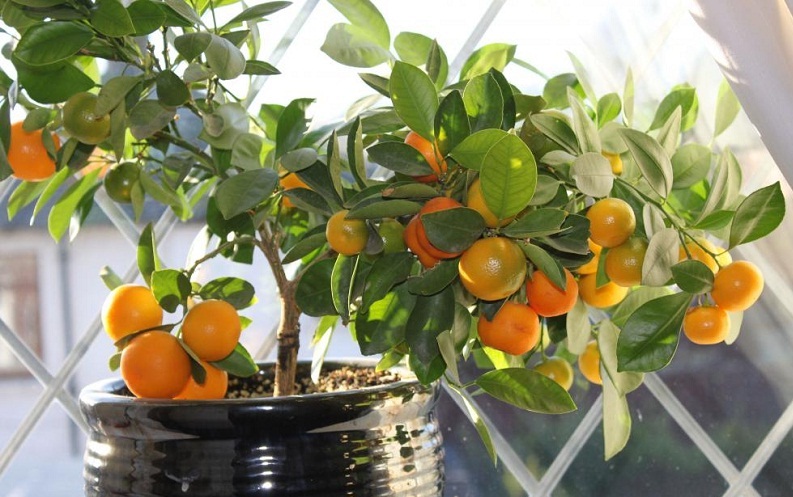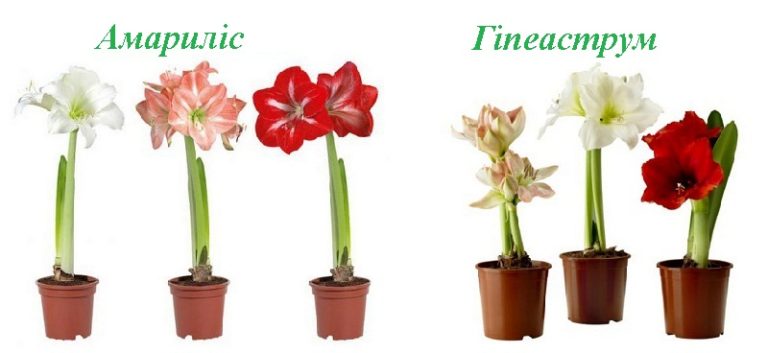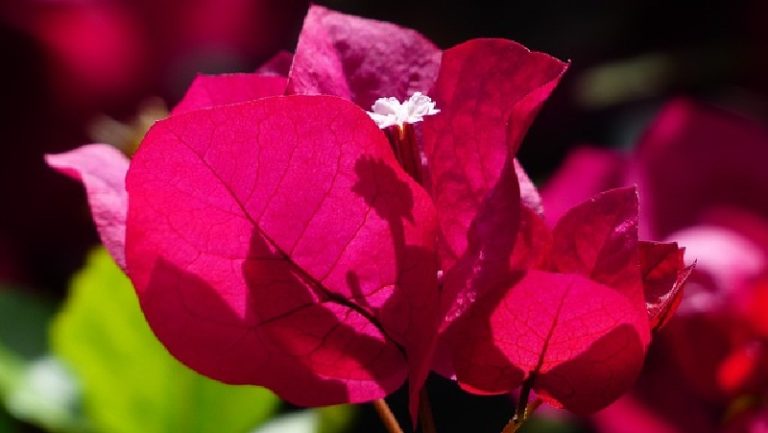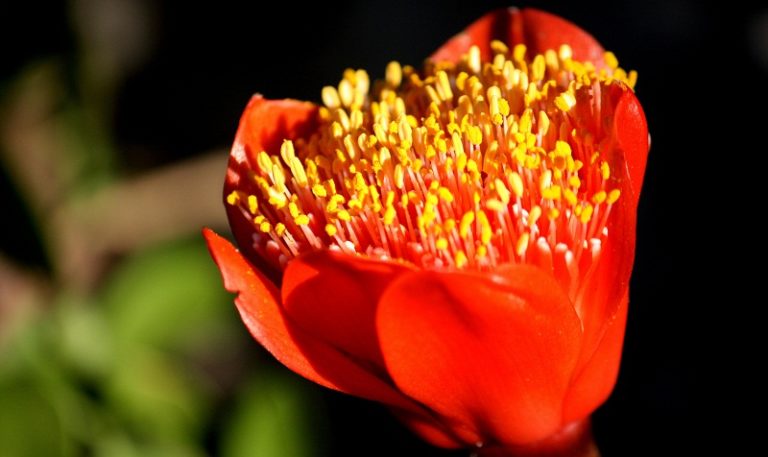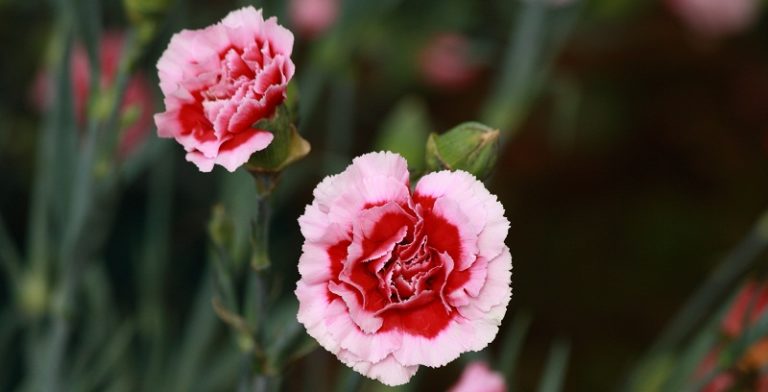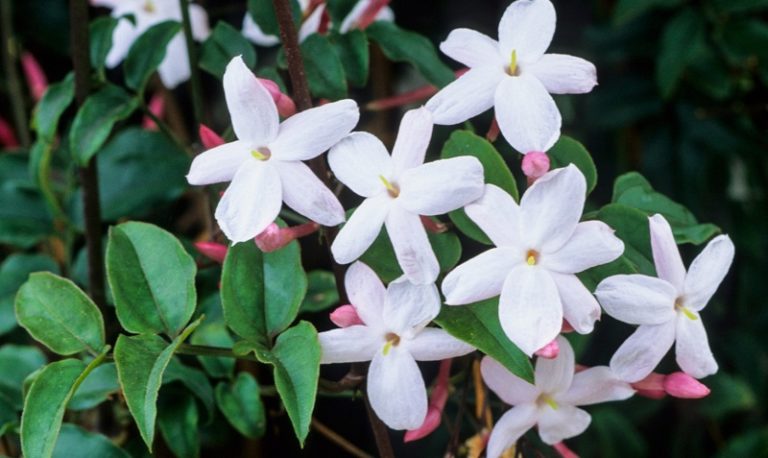Lemon, tangerine, orange: care
Having a lemon, tangerine or orange tree at home is very fashionable and pleasant, it is especially pleasant to pick and eat exotic fruits grown with your own hands. If you want your lemon or tangerine to bear fruit, it is better to buy a tree specially adapted for growing indoors.
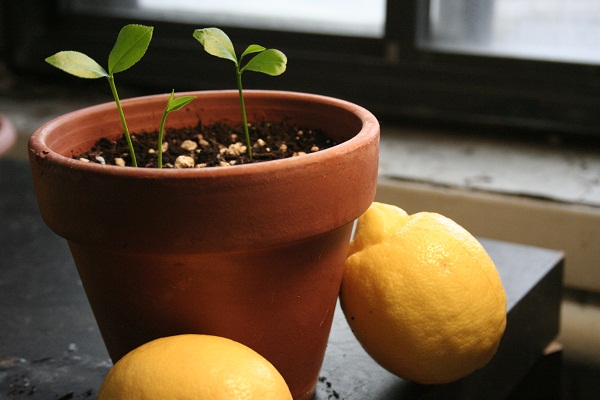
Citrus plants grown from seeds will bear fruit only in adulthood ( 20 years), and the fruit will taste tasteless. The stores sell special types of young dwarf citrus trees that bear fruit at a young age.
All citrus fruits usually bloom in summer with small white flowers with a pleasant rich aroma.
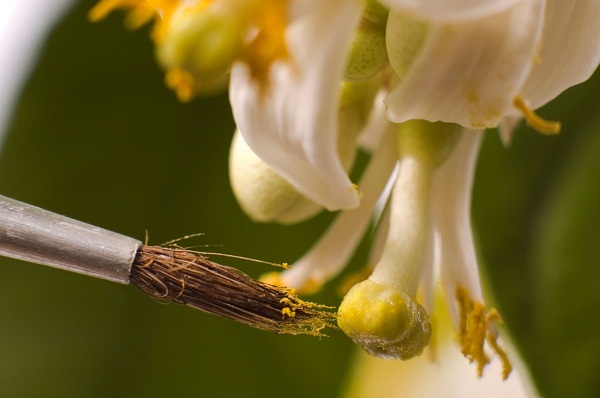
In order for fruits to appear, after flowering in the summer, they need to be taken outside, and the wind or bees will pollinate it, or you can artificially pollinate it: take a cotton swab (brush), remove pollen from the stamens, pollen the stigma with this pollen.
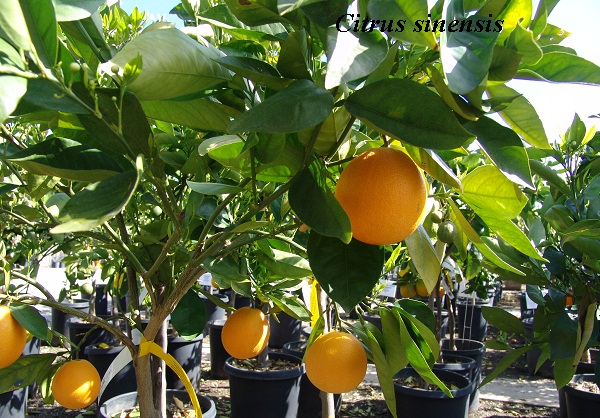
Only a few types of citrus fruits can be grown indoors.
- Citrus mitis (Citrofortunella mitis) is a bush up to 1.5 meters high, bears fruit at a young age (fruits up to 4 cm in diameter).
- Citrus sinensis – citrus-orange, the bush grows up to 1.5 m in height, has thorns, fruits up to 6 cm in diameter.
- Citrus limon (dwarf forms of meyera) – produces small fruits, and the Ponderosa lemon bears fairly large fruits.
- Citrus aurantium is a thorny tree up to 1 meter high.
- Citrus taitensis is an interesting variety of citrus fruits. Its flowers are pink and fragrant, small orange fruits.
Types of citrus fruits:
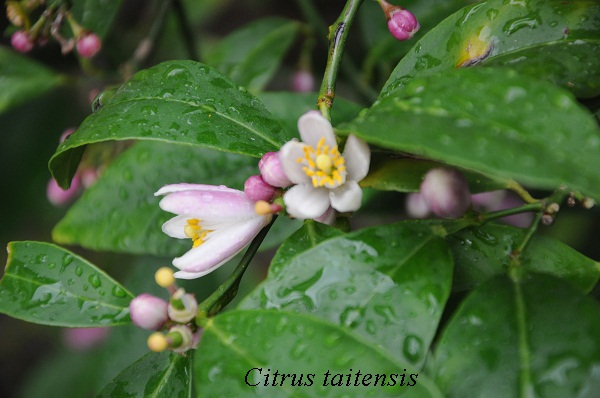
Caring for citrus plants
Caring for citrus plants is not difficult: they need good drainage, no drafts, proper watering, frequent fertilization and a fairly low temperature in winter.
Light brightness and air temperature for citrus fruits
In winter, when daylight hours are short, it is advisable to put citrus trees in a room where the air temperature is up to +14 ° C, but not lower than + 12 ° C. At this temperature, the tree “falls asleep” and does not require bright lighting. If the tree is grown in a warm room, with an air temperature of up to + 22 ° C, it needs additional lighting, such that the total daylight hours are up to 12 hours a day. Citrus plants do not tolerate drafts.
In the summer-autumn period, the citrus tree is taken out into the yard or balcony. For citrus fruits, bright light is suitable, as well as direct sunlight in the morning or evening, it is better to shade the plant from the midday sun. In summer, the air temperature should be the same as outside.
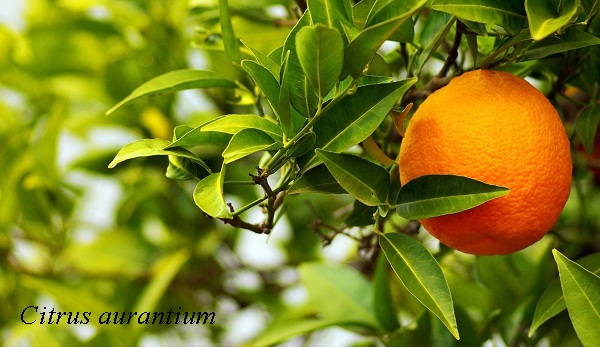
Watering and humidity for citrus fruits
It is necessary to water citrus fruits during the period of active growth, and especially during flowering and fruiting, abundantly so that the earthen clod is constantly moist. You should not pour indoor lemon, tangerine, grapefruit with water, as the plant reacts negatively to swampy soil. In winter, watering homemade lemon is reduced.
Вологість повітря для цитрусових повинна бути високою, регулярно (2 рази на добу) обприскуйте дерево м’якою водою кімнатної температури. Для всіх цитрусових дуже важливою є вологість навколо крони, але не зайва вода у грунті. Як збільшити вологість повітря навколо крони кімнатної рослини?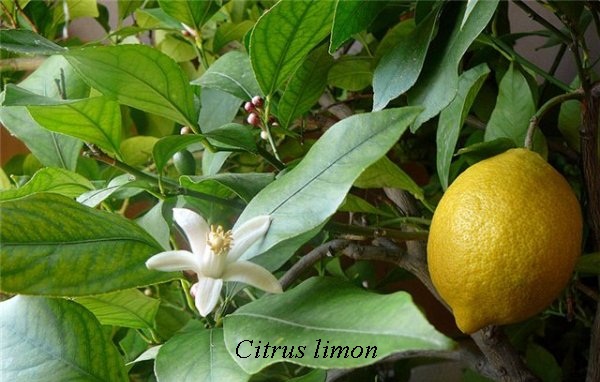
Fertilizer for citrus fruits
Indoor lemons and tangerines must be fed 1 time in 7 days, during dormancy the tree is fed much less – 1 time in 30 days. Use organic fertilizers (add rotted chicken, horse, cow manure to 10 liters of water), or special mineral fertilizers for citrus trees. Citrus plants in particular require nitrogen, phosphorus and potash fertilizers. Nitrogen affects the growth of leaves and wood, and also promotes the appearance of a large number of flowers. Phosphorus affects the formation of fruits and their taste. With a sufficient amount of these fertilizers, citrus fruits will be juicy and have a smooth and thin skin. And with a lack of potash fertilizers, citrus fruits will have large and wrinkled leaves, the color of the leaf (yellowish-green) will change, and the upper growth points will begin to dry out. The lemon will shed its leaves.
Before fertilizing, the plant must be well watered.
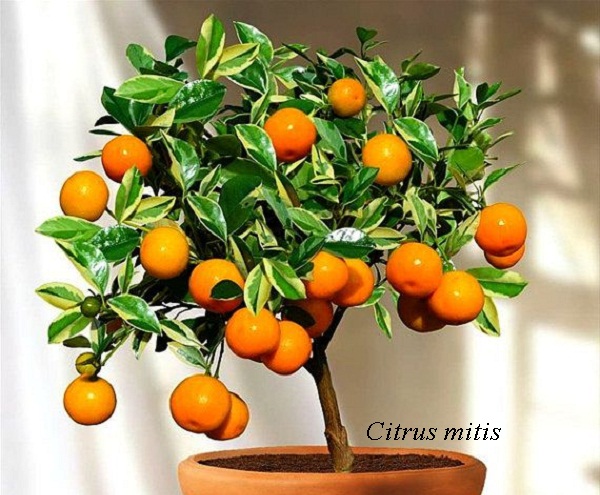
Pruning citrus fruits
Pruning lemon, tangerine, grapefruit should be done in the spring to form the crown of a tree or bush. It is better to form citrus fruits in the form of a small tree with a low trunk (lower trunk), the height of the trunk should be no more than 20 cm. In order for the tree to grow evenly in different directions, it must be rotated 1 time per year.
Watch the video about indoor violet. Violet flowers are multi-colored, simple, double, wavy with a diameter of 2 to 4 cm.
Transplanting and soil for citrus fruits
Пересаджувати молоді саджанці лимона, апельсина , мандарина та інших цитрусових (до 3 років) потрібно щороку у свіжий грунт способом перевалки у більший горщик. Дорослі цитрусові рослини пересаджують один раз на 3 роки, якщо горщик великий і таку рослину важко пересаджувати, то замініть верхній шар (5см) грунту на новий поживний грунт. Пересаджувати цитрусові дерева бажано вкінці зими на початку весни, але до початку цвітіння.The soil for citrus fruits should be nutritious, permeable and light with neutral acidity (Ph 5-6). The composition of the soil should include sod, leafy soil, humus with the addition of sand (2:2:1:1).Such soil can be made independently, or bought in a flower shop: soil mixture for citrus fruits, also a soil mixture for roses is suitable for citrus fruits.
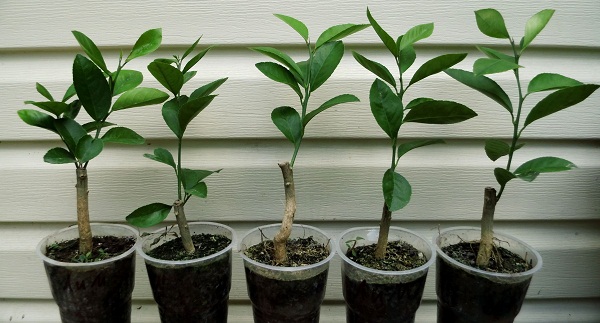
Citrus propagation
Citrus fruits are propagated by seeds, cuttings, grafting and air layering.

Pests and diseases
Pests that attack citrus fruits: scale insects, spider mites.
Diseases appear with improper care.

